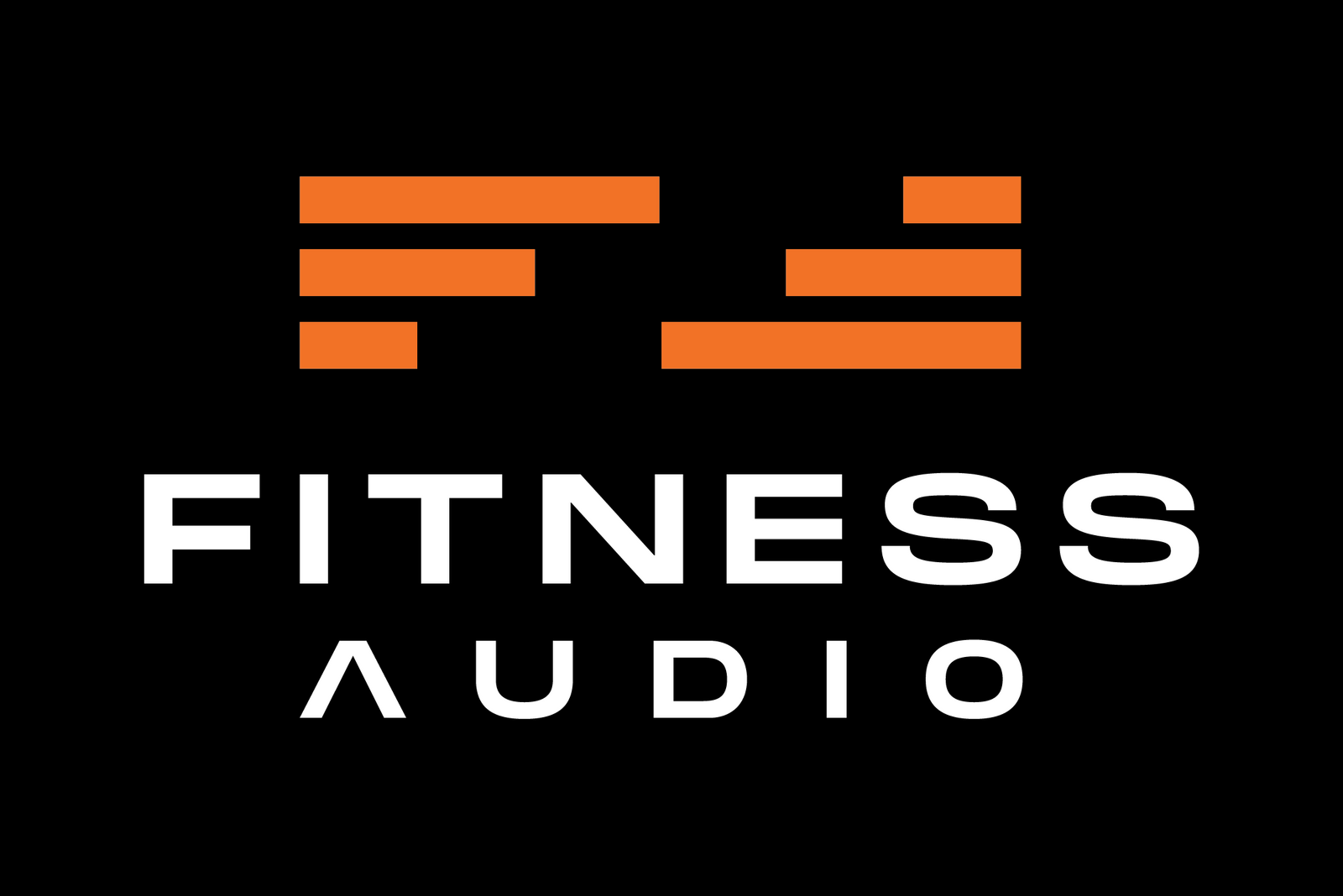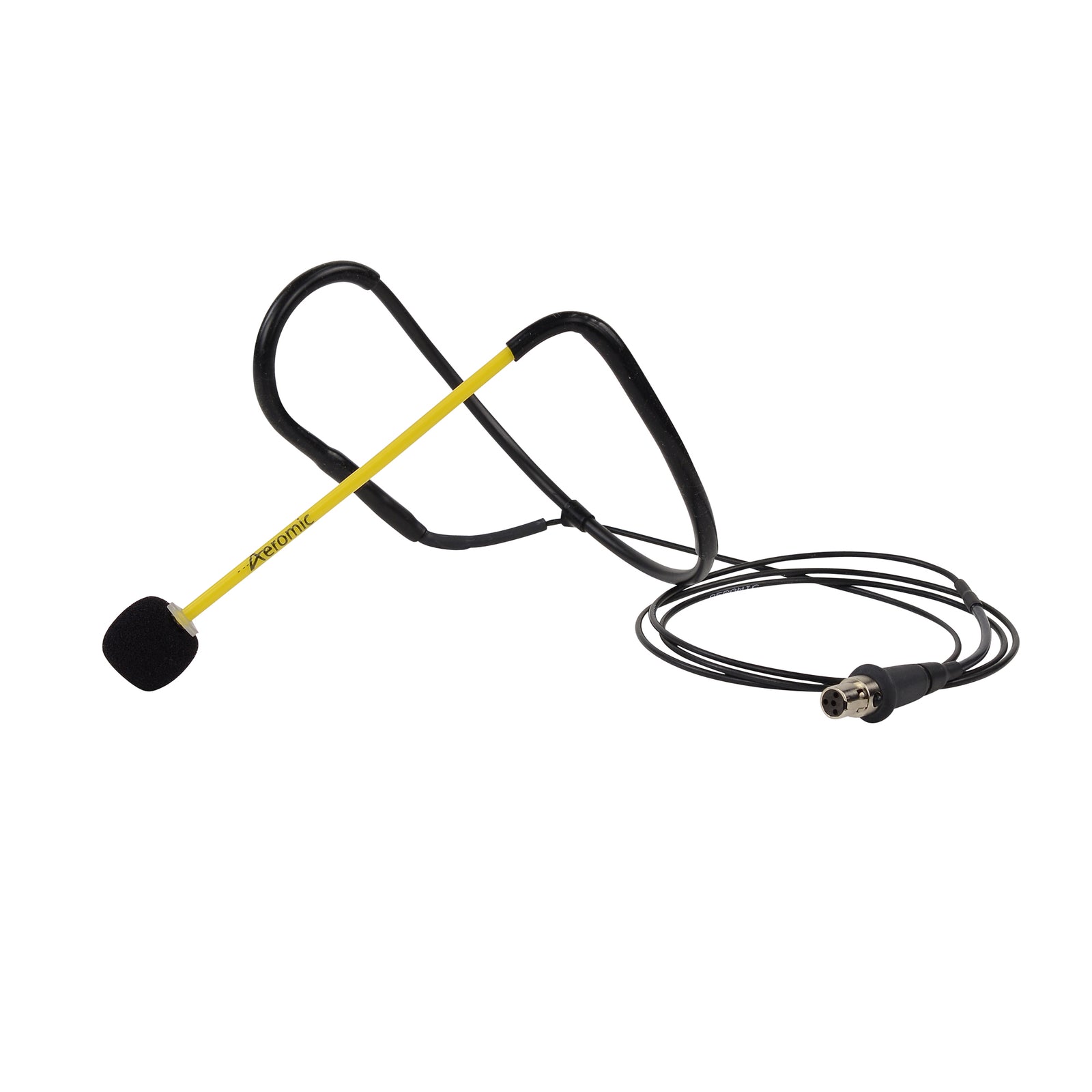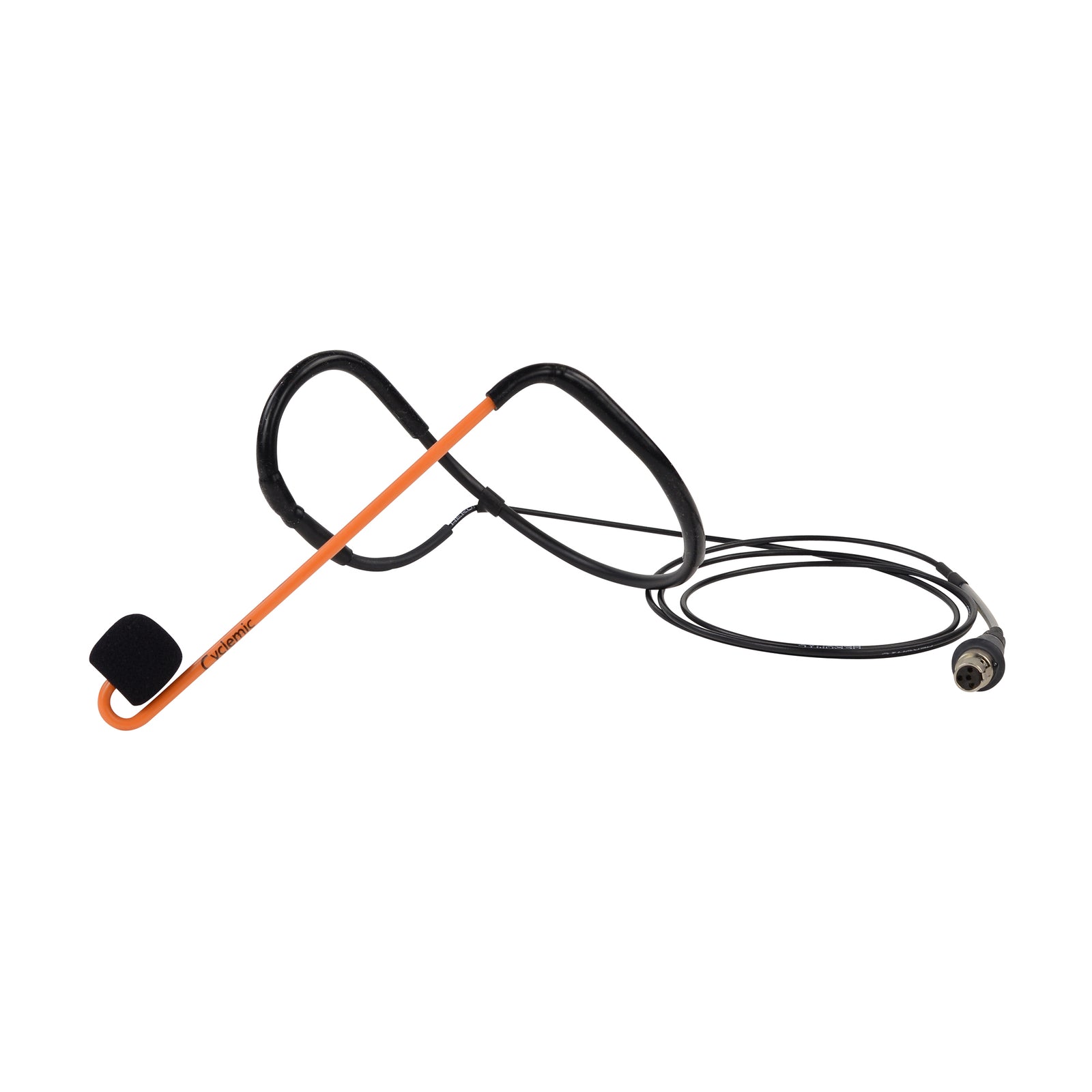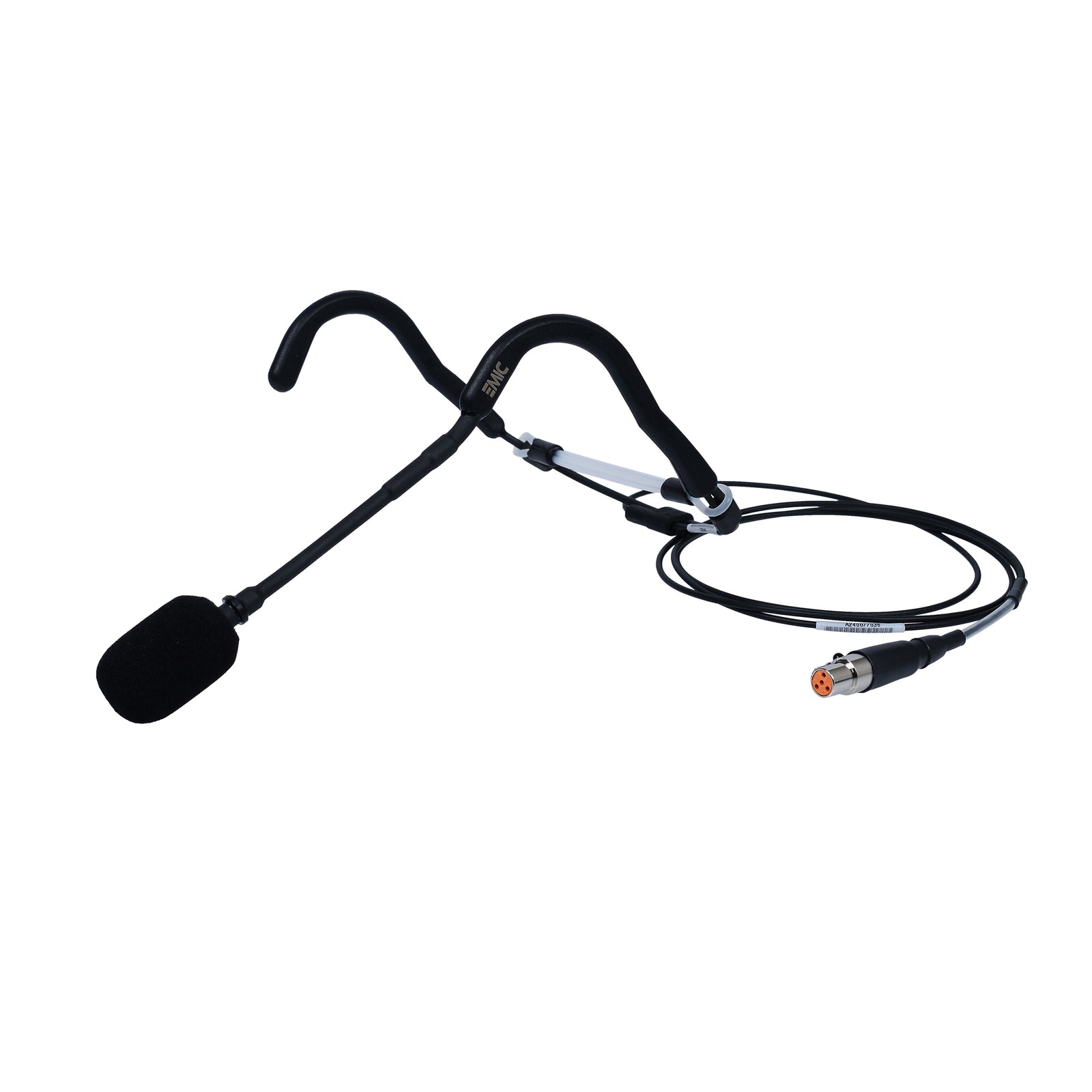
If you’ve ever walked into a gym class where the instructor’s voice was bouncing around the room, the music sounded muddy, and members were straining to follow cues, you’ve experienced the challenge of poor acoustics. For many gyms, especially those in converted warehouses, spaces with high ceilings, or multipurpose rooms, echo and reverberation are major obstacles.
The good news is, you don’t have to live with bad sound. With the right acoustic treatment strategies, you can transform even the most difficult space into a professional, high-performing environment where music and voices come through clearly. Let’s explore how.
Why Echo Happens in Gyms
Sound travels in waves. When those waves hit hard surfaces like concrete, mirrors, or steel beams, they bounce back into the room. The result is echo (a distinct reflection of sound) and reverberation (multiple overlapping reflections).
In fitness spaces, this problem is amplified by:
- High ceilings, which create long paths for sound to bounce.
- Large, flat surfaces such as walls, mirrors, and windows that reflect rather than absorb sound.
- Open layouts where sound has no barriers to contain it.
The outcome? Members can’t hear instructors clearly, music loses its punch, and the overall experience feels a bit chaotic.
The Impact on Member Experience
Bad acoustics are more than an annoyance—they can directly affect your business.
- Reduced safety: If cues aren’t understood, members may perform exercises incorrectly, increasing injury risk.
- Lower engagement: People disconnect when they can’t hear the music or instructor clearly.
- Negative brand perception: Echo makes your gym feel unprofessional, even if you’ve invested in high-quality equipment.
In short, no matter how good your instructors or playlists are, poor acoustics undermine the experience.
Strategy 1: Identify and Treat Reflective Surfaces
The first step in taming echo is addressing the surfaces where sound bounces most.
- Ceilings: Suspended acoustic baffles or clouds absorb sound traveling upward and stop it from bouncing back down.
- Walls: Acoustic panels strategically placed at reflection points reduce reverberation. Even treating 20–30% of wall space can make a big difference.
- Windows and Mirrors: While you can’t cover these entirely, curtains, blinds, or partial acoustic panels can help.
These treatments don’t have to compromise aesthetics. Modern acoustic products come in sleek designs and colours that blend seamlessly with gym branding.
Strategy 2: Zone Your Sound
If your gym has large, open spaces, a single sound system will often overwhelm some areas while leaving others quiet. Zoning your sound system helps control acoustics more effectively.
- Multiple smaller speakers spread throughout the space deliver even sound coverage at lower volumes, reducing echo.
- Independent volume zones allow you to keep music loud in one area (like a HIIT studio) and softer in another (like reception or stretching).
- Directional speakers can be aimed to minimise sound bouncing off reflective surfaces.
By distributing sound more strategically, you reduce the need to blast music at high volumes, which only worsens echo.
Strategy 3: Choose the Right Microphones
Instructors are most affected by echo when their voices blend with reverberant sound. A professional, fitness-grade microphone paired with the right processing tools can cut through.
- Headset mics with directional pickup focus on the instructor’s voice while minimising background noise.
- EQ and processing can be used to fine-tune frequencies, reducing muddiness caused by reverberation.
- Feedback control ensures clarity even at higher volumes.
With the right mic and mixer settings, members hear every cue—even in acoustically difficult rooms.
Strategy 4: Add Soft Surfaces
Every soft surface in a gym helps absorb sound. While fitness spaces often prioritise hard, durable finishes, small changes can go a long way.
- Rubber flooring not only cushions impact but also dampens sound reflections.
- Upholstered furniture in lounge or waiting areas absorbs excess sound.
- Curtains or fabric partitions in multipurpose rooms can serve dual roles—flexible layout and acoustic improvement.
Think of these as “bonus absorbers” that complement more intentional acoustic treatments.
Strategy 5: Work With an AV Partner
Every space is unique. The exact combination of treatments depends on ceiling height, wall materials, room size, and more. That’s why working with an AV specialist who understands fitness environments is crucial.
A professional can:
- Measure reverberation times and pinpoint problem frequencies.
- Design a treatment plan tailored to your layout and budget.
- Integrate acoustic solutions with your existing sound and lighting systems.
This ensures you’re not just guessing—you’re solving the root causes.
Final Word
Echo doesn’t have to define your space. With the right mix of acoustic treatments, strategic speaker placement, professional microphones, and thoughtful design, you can tame even the most challenging environments.
The result? Clearer instructions, punchier music, safer classes, and a far more enjoyable member experience.
At Fitness Audio, we specialise in transforming difficult gym spaces into acoustically balanced, high-performing environments. Whether you’re working with a converted warehouse, a high-ceilinged studio, or a multipurpose room, our team can design and install solutions that make your sound system—and your classes—shine.







